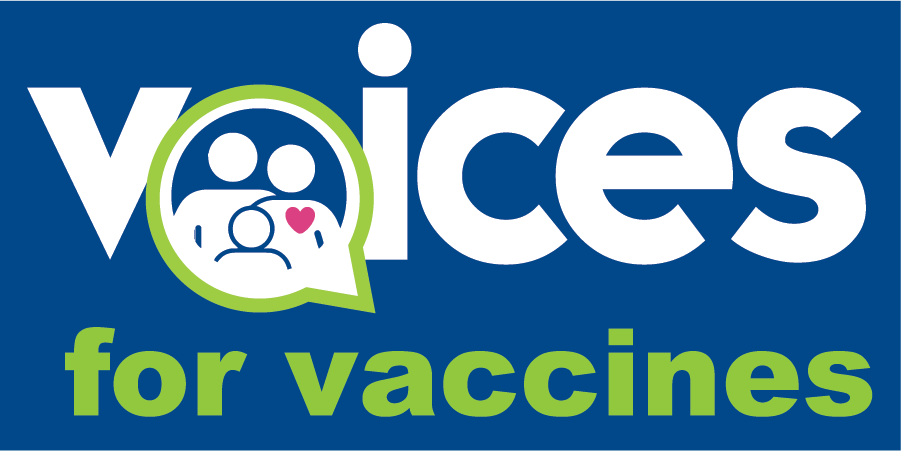Vaccine Safety
Vaccines undergo a rigorous testing process that can take years, including large Phase III studies that measure safety among thousands of participants. These trials usually follow participants for six months to a year. This is enough of a time frame to assess the safety of a vaccine because any allergic reaction or adverse events happen shortly after vaccination (hours or rarely days).
As with all medicines, vaccines continue to be monitored over time. Most often, long-term data confirms the findings of the clinical trial safety data. In rare instances, an extremely uncommon adverse event can be identified from long-term safety data. If that does happen, the data is evaluated as part of the ongoing monitoring process. Learn more about the research process.
Are vaccines monitored for safety?
A vaccine continues to be monitored for potential side effects (called “adverse events”) through a series of safety systems:
- Vaccine Adverse Event Reporting System (VAERS): VAERS Analyzes reports of adverse events that happen after vaccination. Anyone can submit a report to VAERS. See the FAQs below for more information on VAERS.
- Vaccine Safety Datalink (VSD): Analyzes healthcare information from more than 24 million people. It groups health information and does not contain personal information so that data is useful but still protects people’s confidentiality.
- Post-Licensure Rapid Immunization Safety Monitoring (PRISM): Analyzes healthcare information from more than 190 million people. Like VSD, PRISM groups health information and does not contain personal information so that data is useful but still protects people’s confidentiality.
- Clinical Immunization Safety Assessment Project (CISA): CISA is a collaboration between the CDC and 7 medical research centers that provides expert technical advice and research focused on vaccine safety and decreasing side effects.
Who ensures vaccine safety?
There are many organizations that collectively form a robust global and national vaccine safety net. In the United States, the FDA and CDC are the primary bodies ensuring vaccines safety. There are also National Immunization Technical Advisory Groups (NITAGs) in most countries whose members are scientific experts across a number of disciplines. These NITAGs share information with each other, so in addition to U.S. data, there is worldwide safety data.
Learn even more about vaccine development and safety in our advocacy toolkit overview.
What are package inserts?
Package Inserts are legal documents that ensure all possible side effects are disclosed. They are important documents because they give providers all the possible information about the storage and administration of vaccines that they need.
However, because Package Inserts are legal documents, they will list any possible issue related to the vaccine. Package Inserts are not intended to provide an understanding of the likelihood of those issues or to help evaluate potential risks compared to benefits. So, if there was one adverse event among one million doses, it will be listed even if it wasn’t proven to be directly related to the vaccine. That is why the package insert will include language like “may” cause. But it’s important to be able to evaluate the risk of these adverse events. For instance, you are 333 times more likely to be struck by lightning than to have a serious adverse reaction to a vaccine.
If you want to better understand a specific vaccine, visit our Vaccine Information section, where you can find information about diseases and the vaccines that prevent them, as well as straight talk about risks and benefits of each vaccine.
What are Vaccine Information Statements?
Vaccine Information Statements (VIS) are produced by the CDC and are required by law to be given to patients receiving vaccines. The sheets are written in easy-to-understand language and explain the basics of the disease the vaccine is meant to prevent. These VISs also include information on the risks of the vaccine and how likely a person is to have a side effect or bad reaction. VISs also explain what people can do if they have a bad reaction.
VISs are important because they help people know exactly what they are agreeing to when they consent to get a vaccine. VISs are available in multiple languages at immunize.org.
Want more information about vaccine safety?
These organization are vaccine experts and can provide credible information:
How do I know this information is credible?
We work for parents so we make sure that parent concerns are addressed using facts and science and our content is reviewed by experts who have spent their careers studying vaccines. Learn more about how we ensure we are bringing you the best information to help you make healthy choices for your family.
